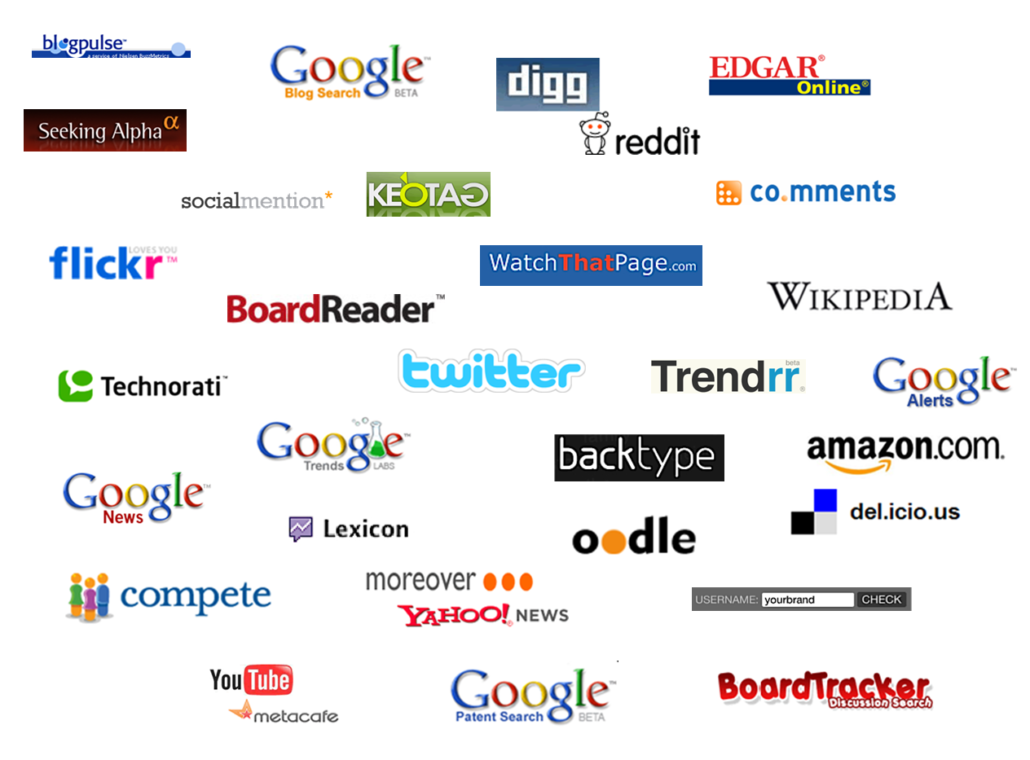Twitter Ads: Thoughts on the test
 Now, there has been a lot, a lot, a lot of thoughts and talk lately on how Twitter will be making money. Finally, Twitter is experimenting with a new revenue model as Techcrunch tells us…
Now, there has been a lot, a lot, a lot of thoughts and talk lately on how Twitter will be making money. Finally, Twitter is experimenting with a new revenue model as Techcrunch tells us…
First, it seemed like a nice idea to promote their own service (i.e. widgets and search), which I thought is the case. This well-placed add-on feature makes it easier to work with Twitter, especially heading towards their search site, when you are not using any of the helpful Twitter apps. And there were also some good thoughts on Twitter becoming a search engine and as how this will be a driver monetizing their business. But Overture (now controlled by Yahoo), has patented placement of text ads on a search results page. So, this was probably a difficult pitch.
Now, back to what is happening, see the black box on the right hand side on ‘Widget’…
It is obviously really a ‘simple’ test for some solid revenue stream generating business, we all are familiar with via Google text ads. But can this be an appropriate test to recall on revenue models?
The two test objects, Twitter search and the above mentioned Twitter widget link, belong directly to the Twitter concept. It offers some immediate navigation benefit to the user. This is what users are after for a long time. Thus, ‘Twitterati’ will click on the links and appreciate the easy way accessing their search service. So, the results Twitter sees with the test don’t reflect in any way potential click rates on text ads as these are dependent on results.
Isn’t there a difference if you promote some internal service or feature, or if you run a promotion from some external party or company? In my experience, in terms of text ads, and those generating results, we can definitely say, there is a huge difference on the click rates. Hence, on the conversion rate clients will find the difference as well. Editorial focus is not comparable to advertising, reaching out for awareness, right? And as clicks is the interactive currency ‘No. 1’ for marketers and convergence their need, according to yesterdays CMO report, the test sounds like comparing apples and oranges.
Spot On!
Nevertheless, the test is worth some thought. And just imagine Amazon and Twitter are getting engaged, the business model becomes clear based on some semantic web thoughts: connecting Amazon’s product catalog by connecting tweets and related products. Someone talks about a film and gets an offer from Amazon in the text ad. Or maybe Yahoo could be the new ‘Who is buying Twitter at last’ as they could compete in the long-tail market. In general, Google could finally face a competitor here…








